Reducing Knee Replacement Pain
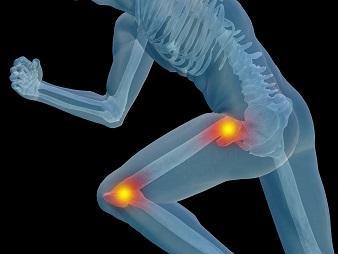
Read more
Cardiac risks higher in patients with arthritis, psoriasis
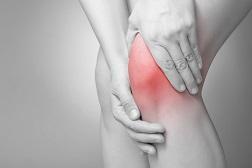
Read more
New Method Increases Bone Density
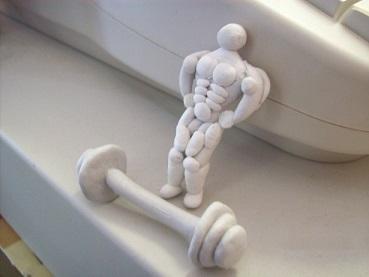
This new method is extremely helpful in initial rat models and experiments. The results showed a 30% hike in bone growth, improving bone density. This new device is called a ‘miniature muscle pacemaker’ and is designed to produce contractions in the muscles. These miniature muscle pacemakers were designed by Professor Jonathan Jarvis of Liverpool John Moores University. In the rats, they were placed on the legs for a period of 28 days.
Read more
Omega-3 Fatty Acids May Lessen Severity of Osteoarthritis
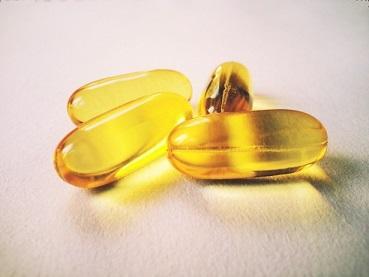
Obesity is the primary cause of joint degeneration but the process is hastened by unhealthy eating habits. It was found that consumption of omega 3 fatty acids can protect joints in case of osteoarthritis. It does not revert osteoarthritic changes but helps in slowing the degenerative process. Omega 3 fatty acids have anti-inflammatory properties and are good for the heart. Their routine consumption is considered helpful for patients. The Duke trial showed that omega 3 fatty acids (when given to mice) reduced the severity of the osteoarthitic joint pain. It was also shown that these mice had wounds that healed quickly as opposed to mice who did not receive the supplement. The Omega-3 supplement is easily found in fish and fish oil supplements.
Read more
Weather May Not Affect Low Back Pain
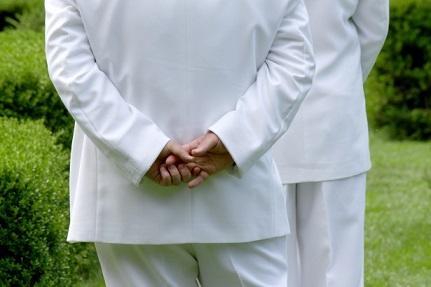
Read more
Nano Particles Battle Bone Cancer
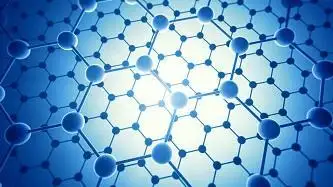
“Proceedings of the National Academy of Sciences” published last week discussed this nano technology. Bone is a very favorable place for cancer cells to grow and multiply in large numbers especially from certain parts of the body such as the breasts, prostate and blood. This nano particle system selectively targets the bones and releases the drug in a very subtle way, thus enhancing the growth and strength of the bone.
Read more
Frog Promises Solution to Muscle Atrophy

Most times, mammals including humans, experience muscle atrophy, which means that the muscles that are not in use for a long time start degenerating. This is not the case with green striped burrowing frogs which are scientifically known as Cyclorana alboguttata. These frogs hibernate when resources outside are very scarce and thus, can survive by wrapping themselves in a cocoon of shed skin. These frogs suffer very minimal muscle wastage even after long periods of practically zero muscular activity.
Read more
Romosozumab increases BMD!
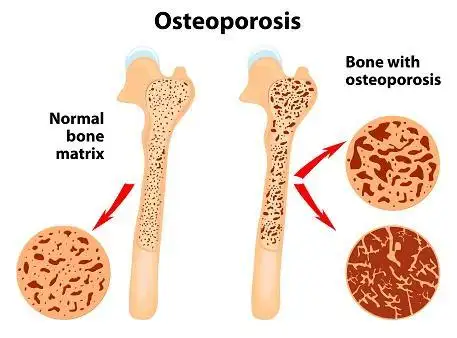
Osteoporosis is commonly seen in large numbers nowadays. Post menopausal women and men of age 70 years and above are at an increased risk for this condition. Bone Mineral Density (BMD) is the test which measures the amount of minerals such as calcium in your bones. It is done using X-ray and Computed Tomography (CT) scan. This information is then used to estimate the strength of your bones.
Read more
Recovering from a Rodeo
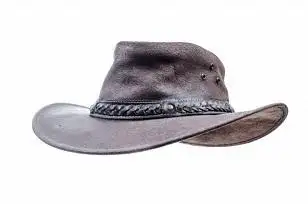
Read more
Discounts for Uninsured!
No health insurance? Don't worry. During the past year, Onto Orthopedics has given a greater focus towards providing for uninsured patients. Whether you have lost your employer insurance or simply could never afford your own, Onto Orthopedics is here to help...



